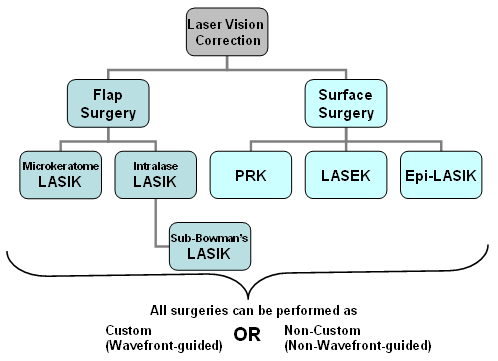Content Produce By-Mendoza Shah
As a parent, you may wonder when your youngster ought to see a pediatric ophthalmologist. It is very important to recognize the indications of potential vision troubles, like squinting or regular headaches. You'll wish to make sure your child gets the appropriate analyses at vital ages. Understanding these standards can help you take aggressive actions for their visual health. But what https://www.webmd.com/eye-health/blue-light-health should you seek, and what solutions are available?
Common Indications of Vision Problems in Children
When you see your youngster squinting, scrubing their eyes, or having a hard time to concentrate on distant items, it might be time to consider their vision wellness. These indicators can suggest underlying issues that require attention.
You might also see them preventing reading or close-up jobs, regularly turning their head, or experiencing headaches after school. If your kid appears easily distracted or has trouble adhering to relocating things, it can indicate a vision problem also.
Additionally, if they frequently cover one eye or experience problem with deepness understanding, it's important to act. Being proactive concerning these symptoms can cause timely treatments, ensuring your child's vision creates appropriately and supporting their learning and day-to-day tasks.
Don't think twice to seek advice from a pediatric ophthalmologist if you're concerned.
Age-Specific Standards for Eye Exams
Eye tests are vital at different phases of your child's development, and understanding when to schedule them can make a huge distinction.
For infants, it's advised to have their very first eye exam at 6 months. This assists catch any type of prospective problems beforehand.
As your youngster approaches age 3, an extensive examination is vital to evaluate their vision and eye alignment.
Once https://drive.google.com/file/d/176aCnB5E8bEzS_wORldERg6vulUdKHFd/view?usp=sharing begin school, around age five or 6, guarantee they've another exam to look for vision adjustments that can affect discovering.
Afterwards, routine eye exams each to two years are typically adequate, unless your youngster has specific problems or danger aspects.
Staying proactive with these standards aids keep your youngster's visual wellness for a life time.
Solutions for Usual Pediatric Vision Issues
Dealing with typical pediatric vision problems early can considerably improve your youngster's lifestyle and learning experience.
If your kid fights with nearsightedness or farsightedness, restorative glasses or get in touch with lenses can help them see clearly.
For conditions like amblyopia (careless eye), therapies like patching the stronger eye can improve vision in the weak one.
If your child has strabismus (crossed eyes), choices like vision treatment or surgical procedure might be essential to line up the eyes.
Normal eye tests are necessary for keeping track of these problems and adjusting treatments as required.
Motivate healthy and balanced eye behaviors, like restricting display time and making sure appropriate lights while analysis.
Conclusion
In conclusion, keeping an eye on your kid's vision is crucial. Remember to arrange their very first eye examination by 6 months, and follow up at age 3 and around five or 6. If you see signs like squinting or grievances of frustrations, do not wait-- seek advice from a pediatric eye doctor. Early discovery and tailored services can make a massive difference in your child's aesthetic health and general well-being. Take action now to ensure they see the world plainly!

